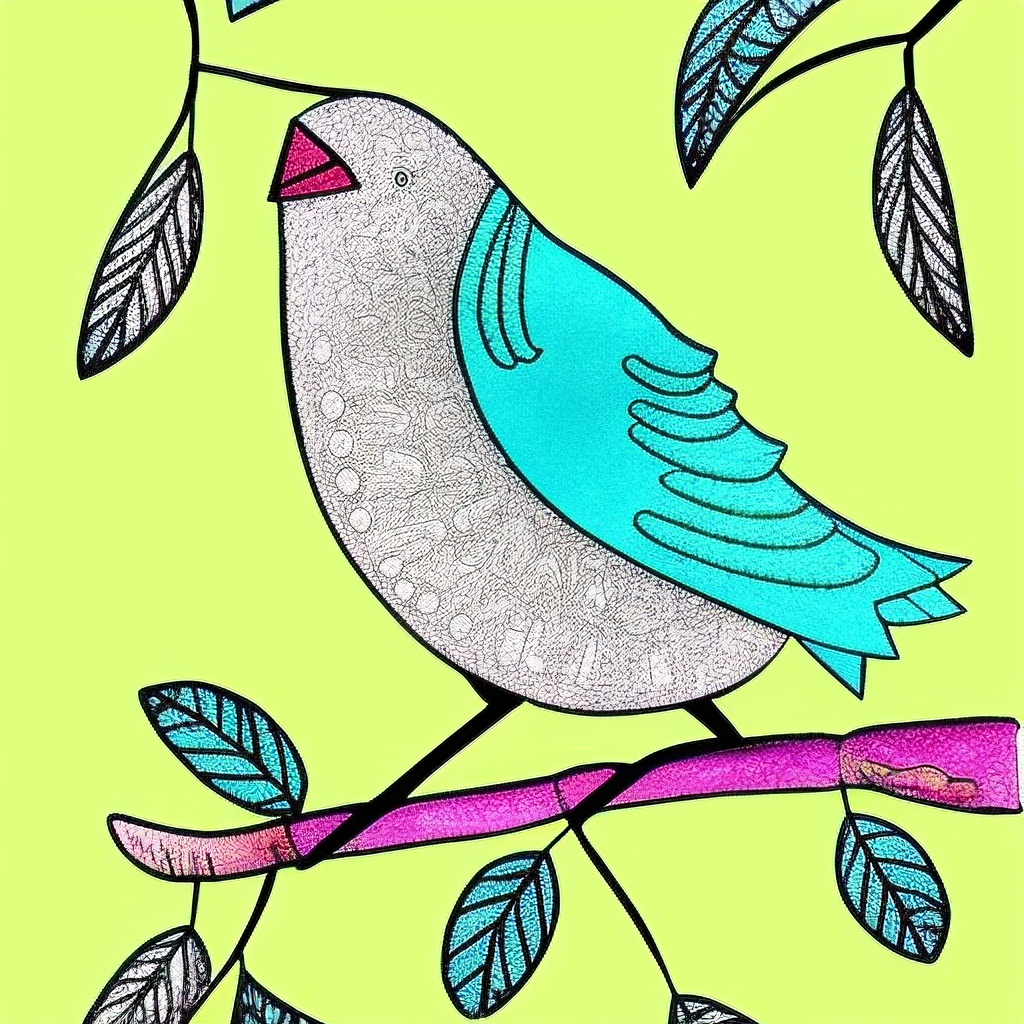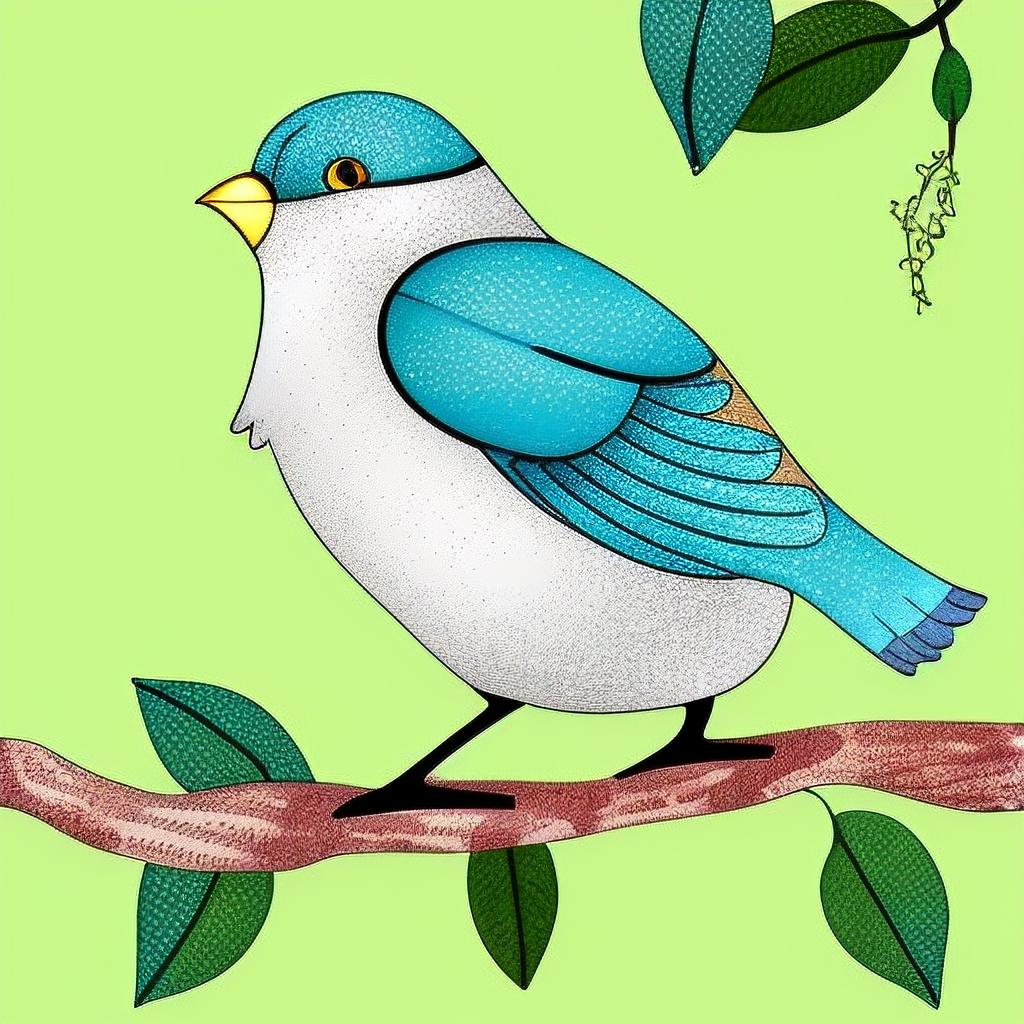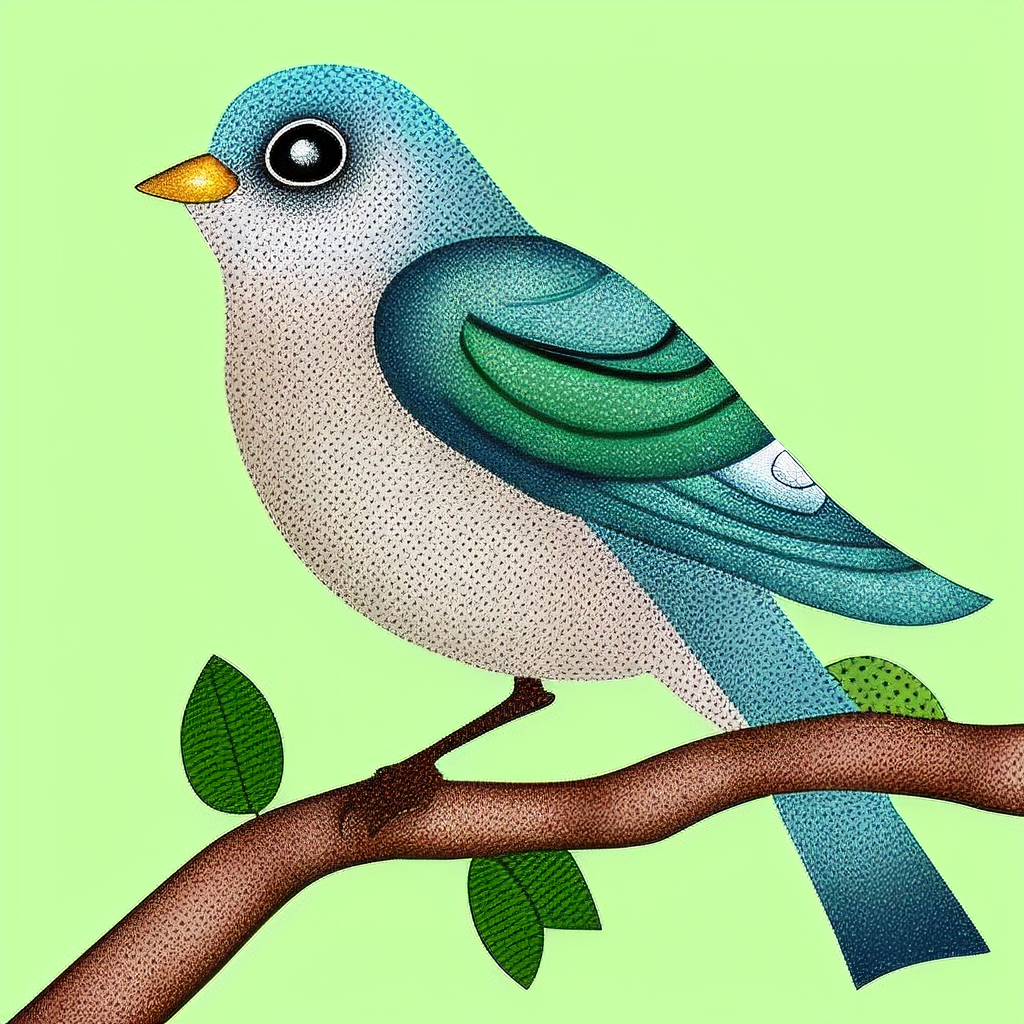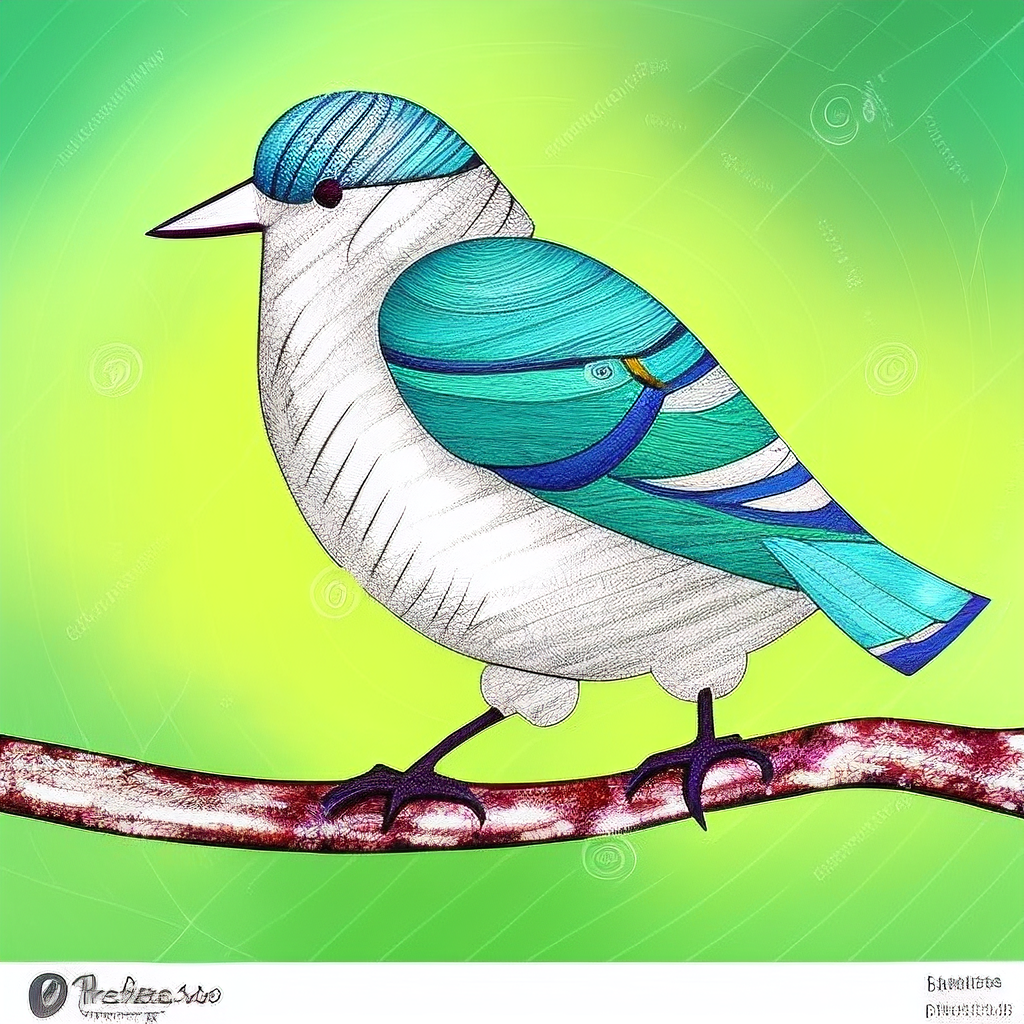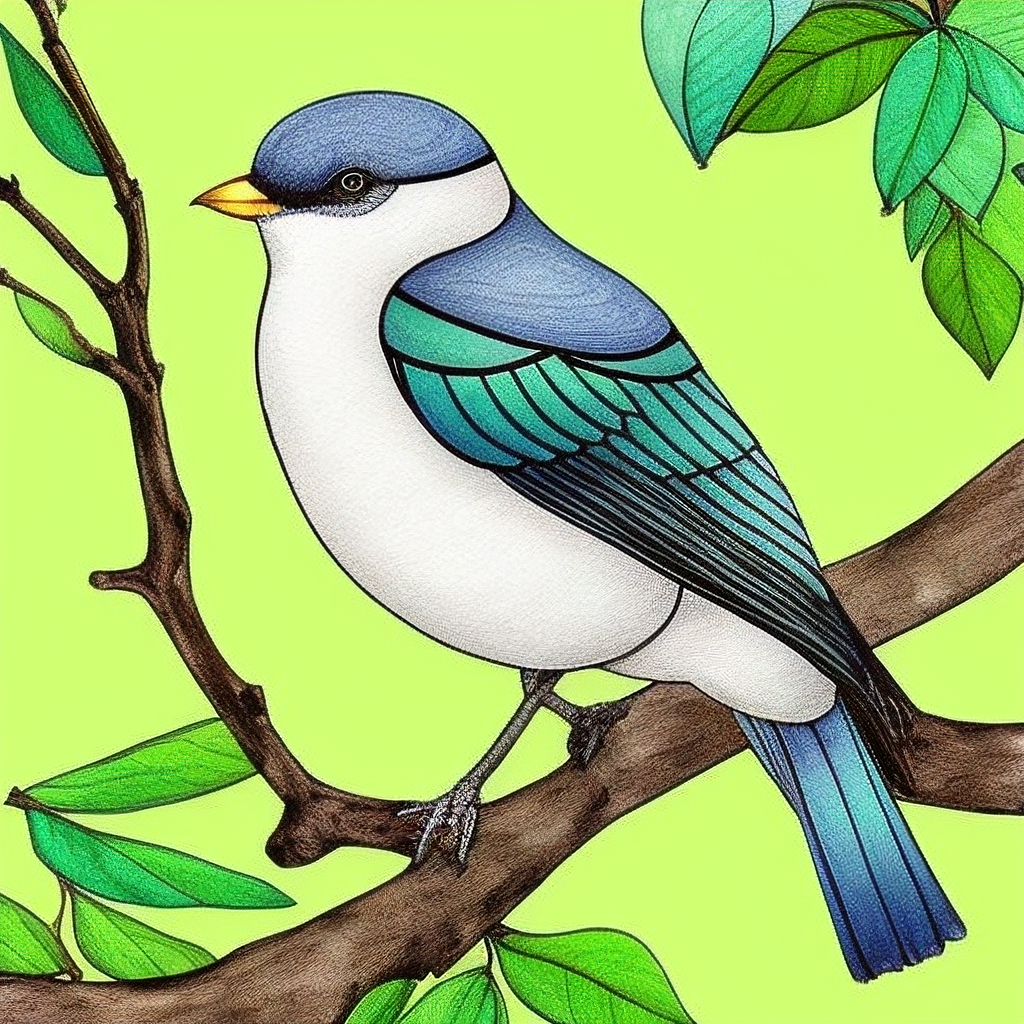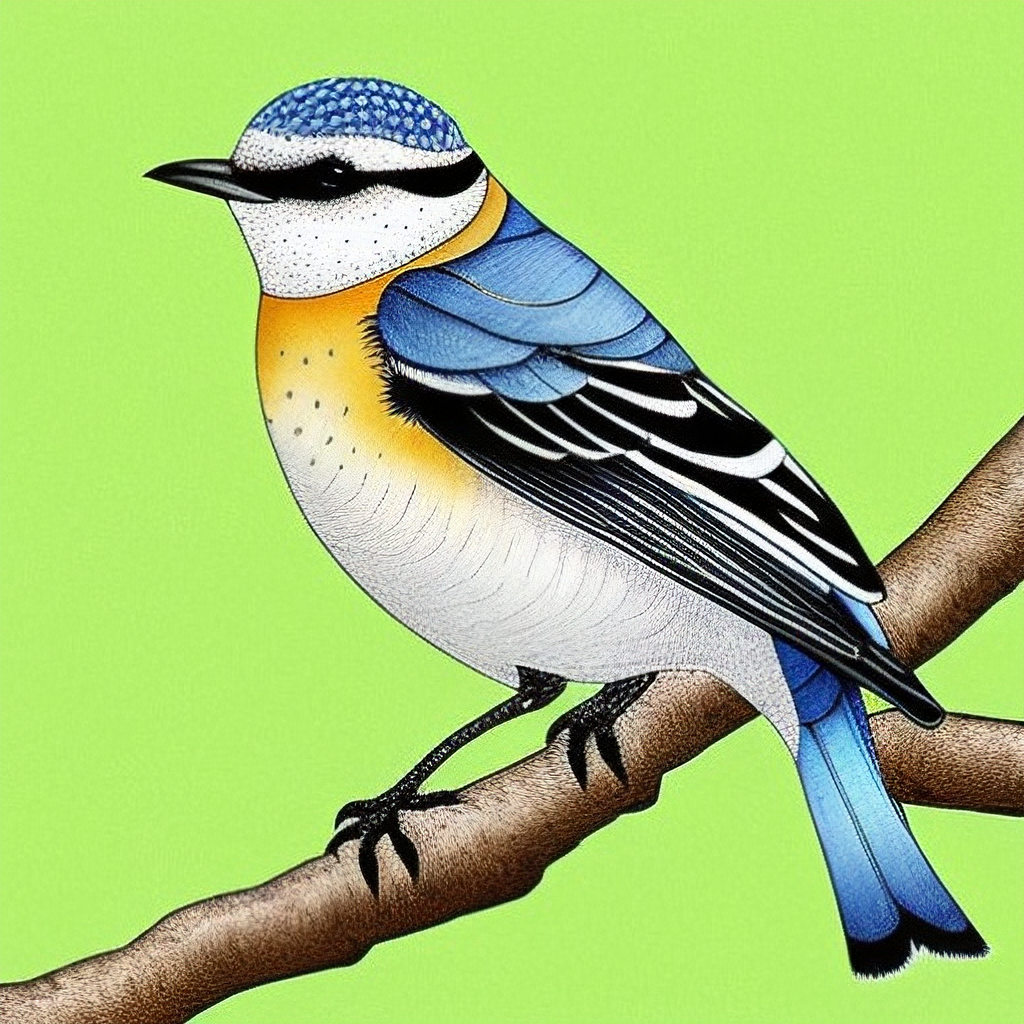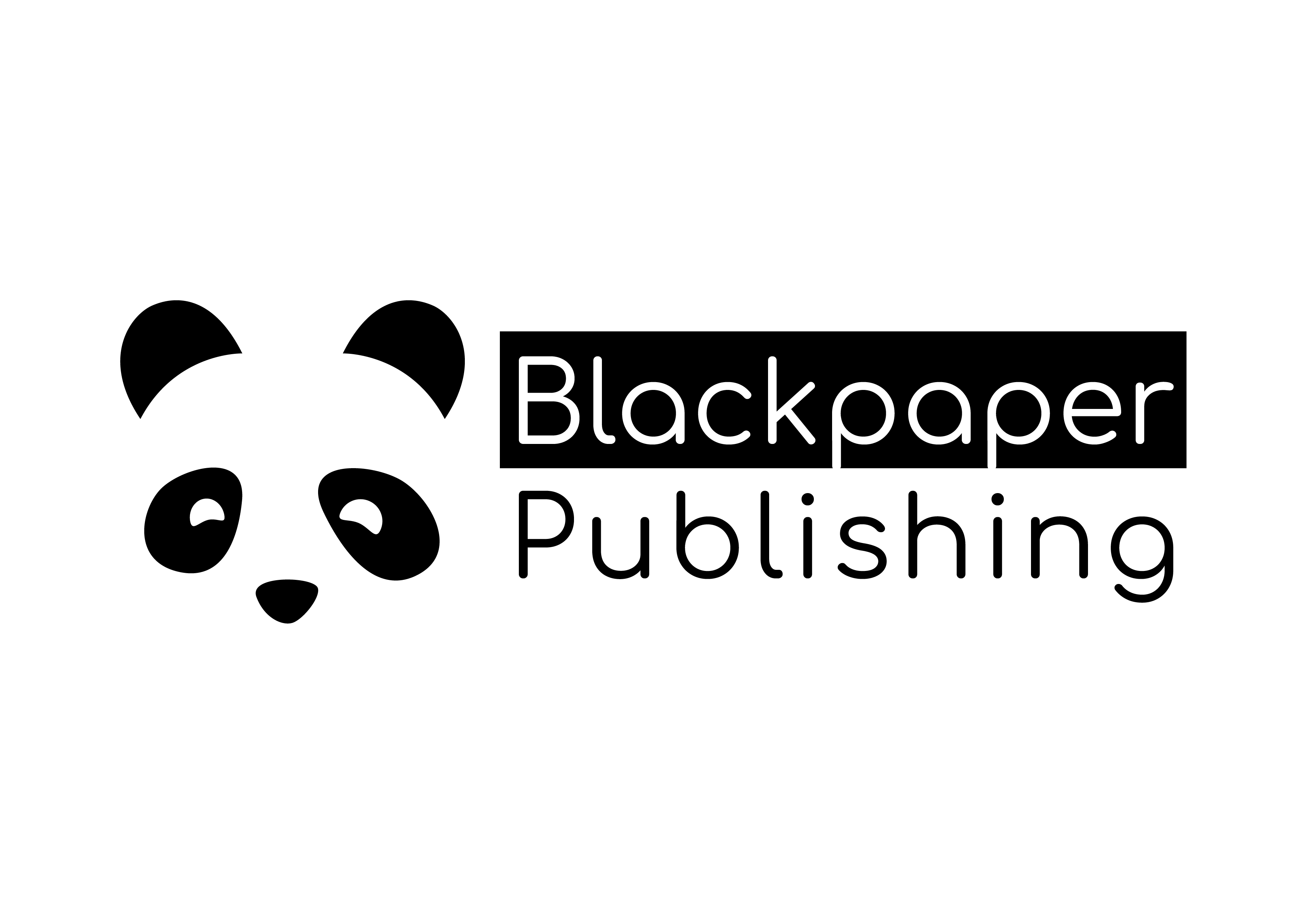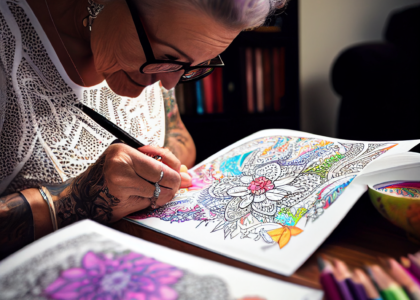Coloring books for adults often have intricate, detailed designs, so the coloring techniques used for these books can be quite different from those used for coloring books for children. Here are a few techniques that are commonly used for coloring books for adults:
- Blending: This technique involves using two or more colors together to create a smooth, gradient effect. This can be done by coloring one area with one color, then coloring over it with another color, and blending the two colors together with a coloring tool or your finger.
- Shading: This technique involves using different shades of the same color to create a sense of depth and dimension in the design. This can be done by coloring the darkest areas with the darkest shade of the color, the medium areas with a medium shade, and the lightest areas with the lightest shade.
- Stippling: This technique involves using small, dot-like strokes to create a textured effect. This can be done by using the tip of a coloring tool to dab small dots of color onto the page.
- Hatching and cross-hatching: These techniques involve using lines to create shading and texture. Hatching involves drawing parallel lines in one direction, while cross-hatching involves drawing lines in two directions, at right angles to each other.
- Layering: This technique involves applying multiple layers of color to the same area to create a more complex and detailed effect. This can be done by coloring an area with one color, then adding another color on top of it, and repeating this process until the desired effect is achieved.
